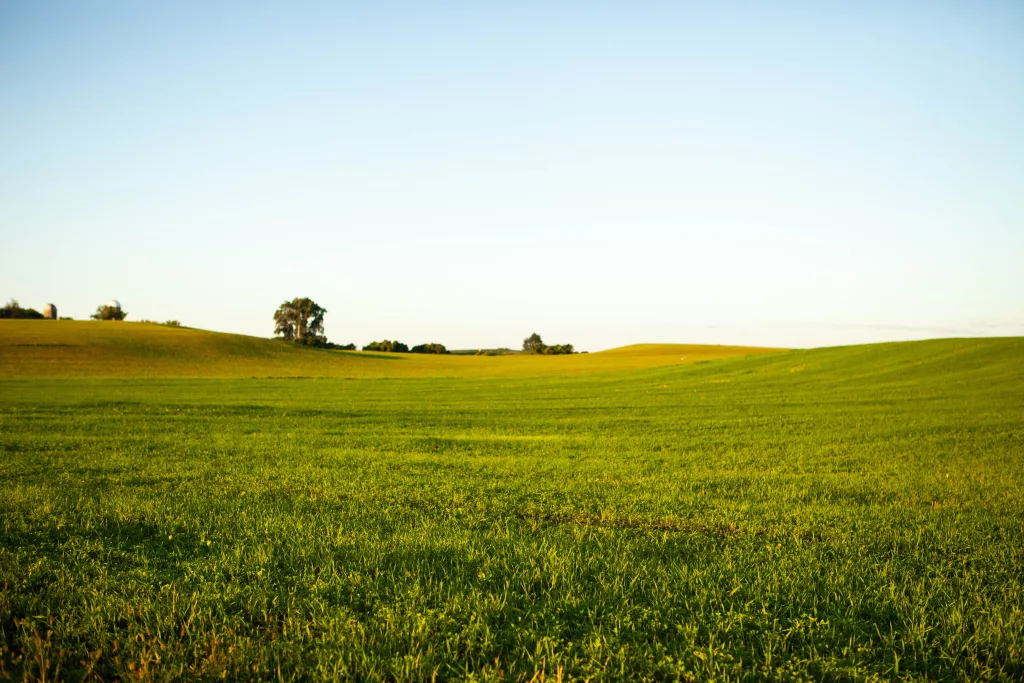Have you seen the movie “Field of Dreams”? In the movie, Iowa farmer Ray Kinsella is inspired by a voice to build a “totally illogical” baseball field where his corn field used to be.
If you have seen the movie, you are likely familiar with the instructions from the voice in the corn field – “if you build it, they will come.” Ray decides to listen to the voice, and despite the disbelief of his friends and neighbors, he created a place where dreams come true.

Farmers create their own ‘Field of Dreams’ by following soil health principles.
Farmers know that if they build biodiversity in and around their farm fields, beneficial insects and microbiology will come. Building soil biodiversity turns ordinary soil into an active, living organism.
Many practices that farmers are already doing to sequester carbon also enhance biodiversity. Preserving and protecting soil health creates a space for beneficial microorganisms to thrive and contribute to a healthy ecosystem.
Diversity comes in all forms of life. Grasses, flowers, crops and even landscaping have the ability to support various insects and organisms.
Planting cover crops builds soil biodiversity by providing fuel for the soil in dormant periods before planting and after harvest. Cover crops are plants that are used to slow erosion, improve soil health, enhance the availability of water, and control weeds, pests and diseases while building soil biodiversity. Cover crops also provide food and habitat for pollinators. Introducing new species through planting cover crops adds diversity and brings beneficial microbiology to the soil food web.
Minimizing soil disturbance helps to protect the existing biodiversity. Regular plowing can exhaust valuable soil organic matter and release the carbon stored in the soil. Disturbing the soil less leads to greater protection against various forms of erosion, keeping the beneficial biology of the soil in place and available for plants to use. Minimum till systems contribute to long-term soil productivity.
Crop rotation is another form of adding biodiversity to the soil. Each crop has its own nutrient demands, but also leaves its own footprint on the soil. For example, a farmer might plant soybeans that leave nitrogen in the soil one year and corn that needs nitrogen to grow the next. Diverse crop rotations are key to the long-term sustainability of soil resources.
A final step to increasing soil biodiversity is introducing livestock. Animals, plants and soil have a mutually beneficial relationship. Livestock can be integrated through grazing practices or seasonal manure application. A benefit of grazing is the cows spread their own manure, but a farmer can also apply manure precisely and appropriately to give the soil similar benefits of livestock integration.
Farmers nurture all forms of life – from their livestock and animals to the beneficial microbiology in their fields.

‘Field of Dreams’ reminds us that sometimes when you believe the impossible, the incredible comes true. Farmers often approach their work with the same concept at heart. Farmers are eager to try new things and develop new technologies to enhance production methods and produce safe, sustainable food.
Just like players on the baseball field, diverse plants and organisms work together as a team to build biodiversity. The grass, garden vegetables, flowers, trees and bushes around your home and community are also contributing to soil health and biodiversity. As you plan your landscaping and gardens this spring, you can build biodiversity by introducing native species and planting a variety of plants to support all forms of life.
If you build biodiversity, soil health will come.

